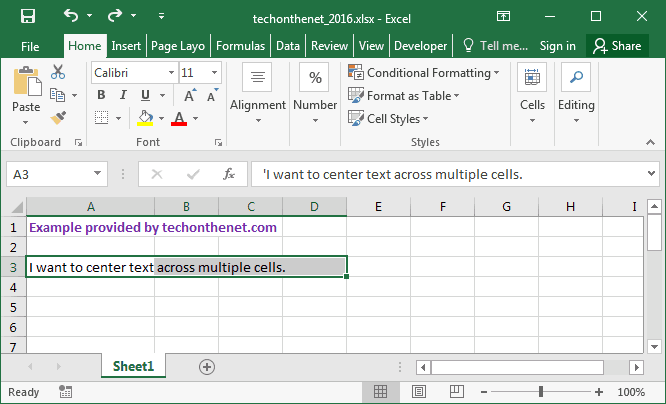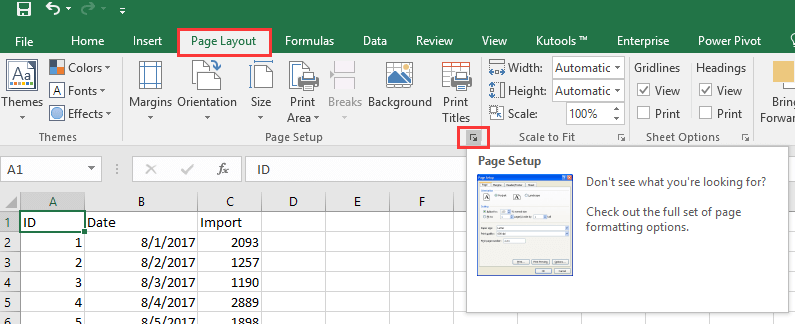
.svg/1200px-Microsoft_Office_Excel_(2019–present).svg.png)
For more information, see Rendering Behaviors (Report Builder and SSRS).
#MAKE HEADER PRINT ON EVERY PAGE IN EXCEL FOR MAC 2016 PDF#
The same page that you view in HTML might show different totals when viewed in PDF if the amount of data on the PDF page is different. Paginated output is calculated differently for each rendering extension. When calculating page totals, you can expect to see differences in the totals when you use different rendering extensions to view the report. If the text box is in a table or list that contains repeated rows of data, the value that appears in the header or footer at run time is a sum of all values of all TextBox1 instance data in the table or list for the current page. Because you cannot reference the fields directly, the expression that you put in the header or footer must reference the name of the report item (for example, a text box) rather than the data field:

Adding Calculated Page Totals to a Header or Footerįor some reports, it is useful to include a calculated value in the header or footer of each report for example, a per-page sum total if the page includes numeric values. For more information about expressions, see Expressions (Report Builder and SSRS). There is also a section on how the Excel rendering extension processes headers and footers. The following sections in this topic show ready-to-use expressions that get variable data commonly used in headers and footers. For example, =ReportItems!TXT_Photo.Value The following table displays which items are supported in each type of aggregate expression: Supported in expressionĭataset aggregates (scope must be name of dataset) The dataset name must exist in the report definition. The ReportItems collection is the collection of text boxes on each page after report rendering occurs.

To calculate sums or other aggregates for values on the page, you can use aggregate expressions that specify ReportItems or the name of a dataset. A text box with the appropriate expression is automatically added for you. Drag the field from the Report Data pane dataset field collection or the Built-in Fields collection to the page header or page footer. If there is only one dataset defined in the report, you can add simple expressions such as to a page header or footer. To display variable data that is different on each page, you must use an expression. Page headers and footers can contain static content, but they are more commonly used to display varying content like page numbers or information about the contents of a page. Displaying Variable Data in a Page Header or Footer They appear only once as the last content in the report. A report footer consists of report items that are placed at the bottom of the report body. They appear only once as the first content in the report.

A report header consists of the report items that are placed at the top of the report body on the report design surface. Reports do not have a special report header or report footer area. Page headers and footers are not the same as report headers and footers. You can create and modify paginated report definition (.rdl) files in Microsoft Report Builder, Power BI Report Builder, and in Report Designer in SQL Server Data Tools.


 0 kommentar(er)
0 kommentar(er)
